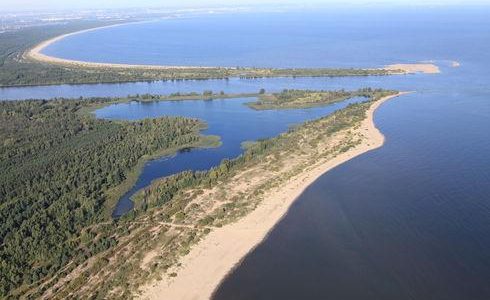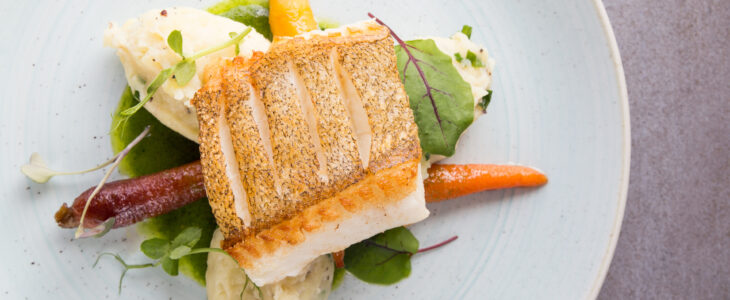It is a long (107 m), brick basilica with a transept and farmyard surrounding the presbytery, constructed in stages during the Roman and Roman-gothic (13th Century) and gothic (second half of the 14th Century) periods. Visible elements of the Roman-gothic basilica include the transept columns, and lancetted, offset arcades between the aisles with semi-columns with trapezoid chapiters on the pillars.
The beautiful, late-gothic stellar vaults of the slender main aisle were built much later, in 1582. The cathedral’s main claims to fame are its magnificent Rococo organs, which are used for organ concerts during the summer. They were built during the years 1763-88 by Jan Wulf of Orneta, and completed by the Gdańsk organ master Fryderyk Rudolf Dalitz. The organ is composed of 7876 pipes made of oak, fir and pine wood, and tin
The cathedral hosts 23 altars, most of which hold great artistic value. They represent three architectural styles – Renaissance, Baroque (mainly) and Rococo.
Foto: M. Bieliński – Dep. Turystyki UMWP



















